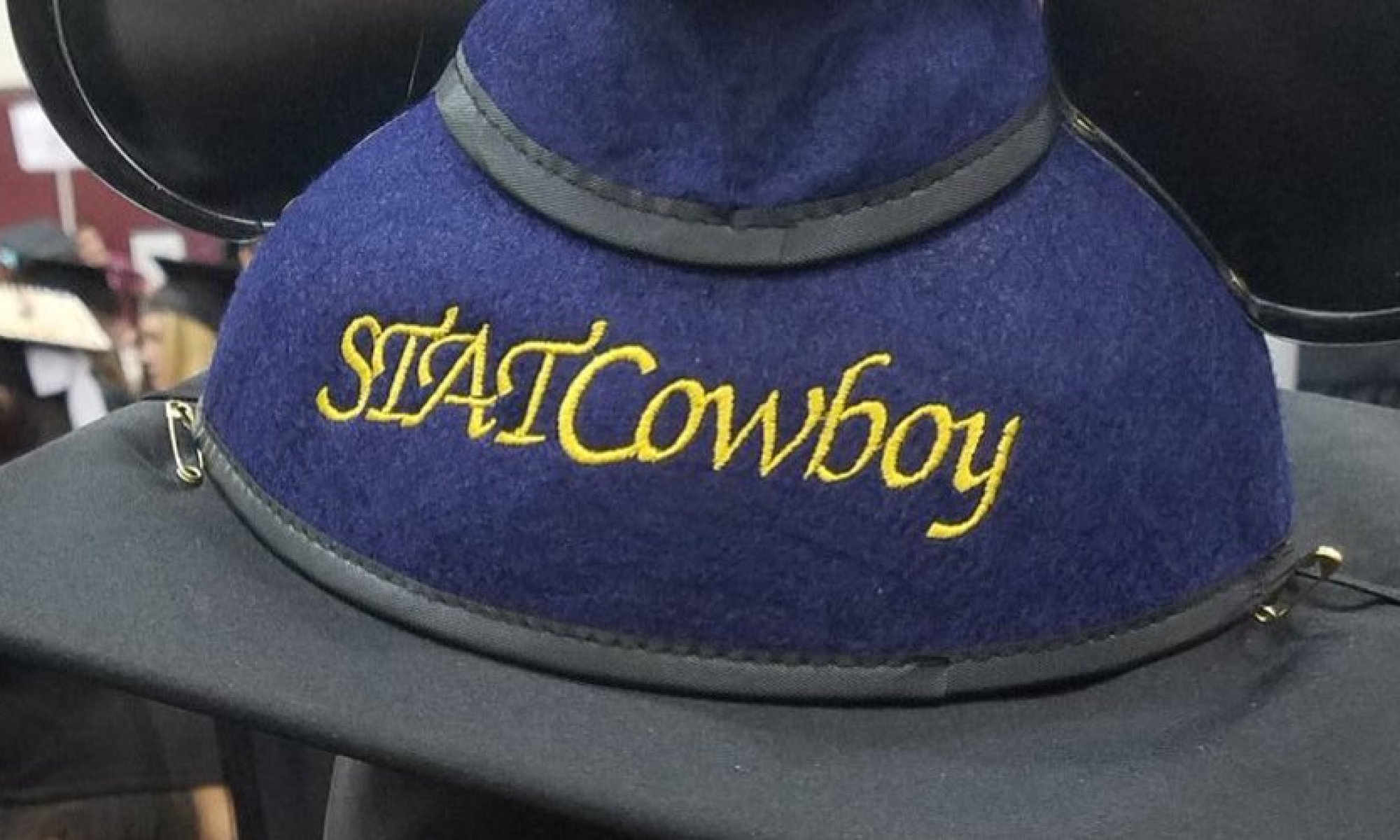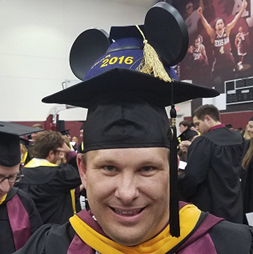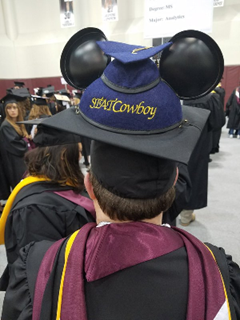For the past 25 years I have worked with data. Data in Oracle. Data in MS SQL Server. Data in GIS. Data in the cloud. Data everywhere! To keep my skills up I attended an Oracle conference every year up until 2012. Either the HOTSOS conference in Dallas or OracleWorld in San Francisco. Why Oracle conferences? Well, it is where I spent most of my time managing and using data, with Oracle RDBMS. I worked with MS SQL Server as well, but I spent most of it in Oracle. (I have been an Oracle Certified Professional since 2001.)
In 2012 the company I work for made a shift to adopt more of the Microsoft data technologies going forward. So, six years ago, I attended my first PASS Summit in Seattle in November 2012. In less than 2 months I will attend my seventh PASS Summit. Why, because it is the best technology community I have seen out there. Don’t get me wrong I made some great friends in other tech communities and learned a great deal. However, the #SQLFamily, as it is called in the PASS community on Twitter, is a great one. My first memorable encounter with the #SQLFamily was my first day at PASS Summit in 2012. It was a Pre-Con day and I was with my co-worker and friend at lunch. We were looking for a table to sit at and when we found a table I met my first three friends in the PASS Community, Cher (t), Melissa and Jeremy (t). I still hang out with them at various PASS events like SQL Saturdays and PASS Summit and we still joke about how Melissa said that I had to go get her lunch if I wanted to sit at the table (which I did, salmon, I think!). In 2012, I learned that the sessions at #PASSSummit were presented by individuals who were extremely talented, personable and they were able to take deep technical topics and present them in an easy to understand manner. I was hooked on making PASS Summit a part of my yearly conference schedule.
In 2013, PASS Summit was in Charlotte, NC, and I learned for the first time about the Microsoft MVP program and made my first MVP friend, Jason Horner (t). Jason was instrumental in coaching me over the next 4 years on how to give back to the Microsoft community and become a Microsoft MVP. Jason really became the guy that inspired me to become an MVP, not for the nostalgia of being an MVP but for the reward that comes from giving back to the community. I didn’t know in 2013 that I wanted to work hard to become a MVP, but I met so many awesome people that were MVPs that over the next few years I wanted to be one of them and give back. I met some other great friends in 2013 that I see often at SQL Saturdays and PASS Summit, Mickey (t), Martin (t), Cathrine (t), Maria (t) and Bob (t).
Over that next few years I added to my list of PASS friends, Wendy (t), David (t), Chris (t), Amy (t), Wolf (t), Naomi (t), John (t) – nominated me for MVP!, Reeves (t) – <3 you!, Ginger (t), Alan (t), Nancy (t), Joe (t), Rebecca and Devon (t) – the last 5 I have co-organized SQL Saturday Houston the last few years. I have met many others too (Angela, Lance, William, Rie, John, Karla, Mindy, Brandon, Tamera, Tim F., Stacia and so many more … I really could type 100 or more names …)!
Fast forward a couple of years to PASS Summit 2015 and my first time to speak at PASS Summit. I was invited by Microsoft to speak on the new Security Features in SQL Server 2016. It was such a rush and the real start of my involvement as a PASS Community Speaker which was crucial in me getting awarded a MS Data Platform MVP. I have spoken over the last three years at 3 PASS Summits, 30 or so SQL Saturdays, several Universities and other conferences including my first international conference in London earlier this year.
It has been a great journey to become a Microsoft Data Platform MVP that started in 2012 at PASS Summit! Truly, though, the best thing to come out of my attendance of PASS Summit is the lifelong friendships I have gained that have helped me to become a better person and data professional. I encourage you to attend PASS Summit and meet new people and learn new data skills. I, also, challenge you to give back and maybe one day speak at PASS Summit and who knows become a Microsoft MVP!
– Jamey
Register before Sept 22 for #PASSSummit & be entered into a daily drawing for PASS merchandise & the grand prize drawing, PASS Summit 2019! Save $200 with Code: PASSITON



